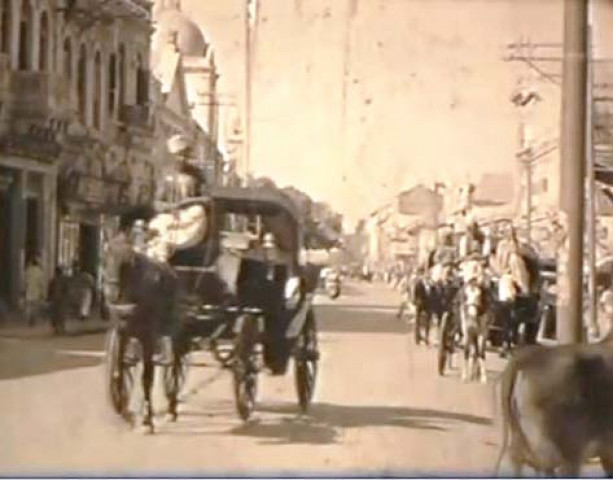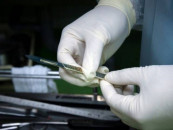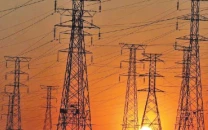Post-colonial film discovery shows dying days of the Raj
The footage comes from a 9.5mm film shot by an unknown soldier stationed in the city.

A retired lecturer in Britain has placed rare footage of Karachi in the dying years of the colonial era on the video-sharing website YouTube. Uploaded on February 19, the film clips (Karachi at the End of the Raj) have caused a groundswell of nostalgia and interest, among the city’s residents.
The footage comes from a 9.5mm film shot by an unknown soldier stationed in the city. Stephen Papworth, a communication studies expert and a historic film hobbyist, says he bought the film from an antique dealer who put it up for sale on eBay.
The dealer had earlier purchased it at a sale in the south of England. “I scanned a few minutes of the film and I could see that it was of historic significance, so I bought it and had it digitised in full,” Papworth told The Express Tribune by email.
The soldier-film-maker has captured street life and modes of transport in all their simplicity, in addition to several important landmarks and monuments in the city. From trams to horse-drawn carriages and from the austere Karachi Cantonment to the Frere Hall and the Imperial Bank of India building, the film shows a city in transition. The soldier’s interest in local children and animals is also clear.
“Having viewed it many times and done some research on the buildings and places shown, I put it up on YouTube to see if people were interested in it ... and they were!” Papworth exclaimed. He isn’t surprised though, because it is a warm film, showing “not just curiosity but also affection for the people and places” the film-maker came across. At no point does the soldier seem part of an occupying, colonial army.
So far, Papworth has not been able to find out who the uniformed cameraman was. “As far as I am aware, the film has never been seen outside of its maker’s friends and family,” he said in response to a question. Papworth is keen to learn more about the streets and buildings shot. Comments, he says, can be posted on YouTube.
Papworth intends to approach the London War Museum to help identify the regiment the soldier and his companions were in and when they were in Karachi. This is a task, he acknowledges, that will take some time.
Uploading historic films on YouTube is perhaps one of the best ways of bringing twentieth-century history to life, he says, pointing out the interest that the film has aroused in and around Karachi.
The original film will later be placed into a film archive or museum.
Not all of the film covers Karachi. There are at least two isolated shots of a Bombay Electric Supply and Transport Company (BEST) tram and a man sleeping on a park bench, indicating that those parts were filmed in Bombay, the home ground of BEST trams. And then there are unmistakable shots of the Suez Canal and the Rock of Gibraltar, where the soldier seems to have run out of film.
The trams in Karachi were operated by the East India Tramway Company and were different from those run by the Bombay Electric Supply and Transport Company and its earlier avatar -- the Bombay Tramway Company.
Incidentally the trams shown in the film ran on petrol. Karachi had been a pioneer in the twin-engine tramcars, which made its world debut in the city in 1910.
The link is: http://www.youtube.com/watch?v=DhtldMcawFA
Published in The Express Tribune, March 5th, 2011.


















COMMENTS
Comments are moderated and generally will be posted if they are on-topic and not abusive.
For more information, please see our Comments FAQ